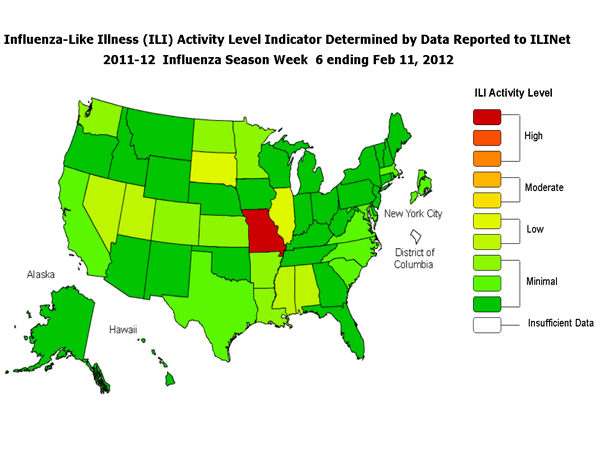An article in the business section of the New York Times discusses the
implications of procrastination in the workplace. Many of the points raised
about achieving more in the one’s career can be parlayed into a discussion
about taking charge of one’s health.
People know that procrastination (losing weight, making the
colonoscopy appointment) is a bad idea, but the reason that it occurs is that
they are overwhelmed. Breaking down a project into small steps can be helpful.
“The most productive people tend to focus on progress over perfection,” states
Rory Vaden, author of Take the Stairs: 7
Steps to Achieving True Success.
Reward yourself when you achieve an incremental goal. Have a
massage when you reach your first 10% weight loss goal. Take a break for a couple
of weeks (maintain, don’t gain!) and then move onto the next 10% goal. Do a fun
activity after spending time on the phone scheduling the colonoscopy,
mammogram, dentist and eye check. Don’t be afraid to commit – if something
comes up, you will reschedule; the appointment will stay on your calendar.
People who procrastinate are often plagued with guilt.
Rather than beating yourself up, figure out the steps that you need to take to
achieve a specific goal. Don’t be afraid to ask for help – buddy up with a
friend to swap rides for colonoscopies. Schedule a shared girls lunch after
your mammograms.
Some people need more expert help in figuring out why they
are chronic procrastinators. Time spent with a psychologist focusing on
cognitive behavior therapy would be time well spent.


